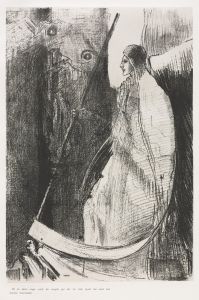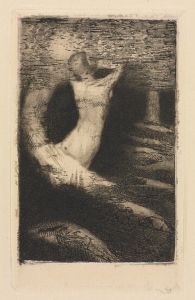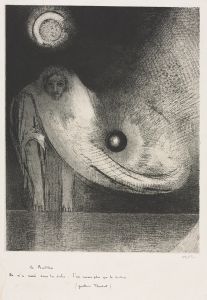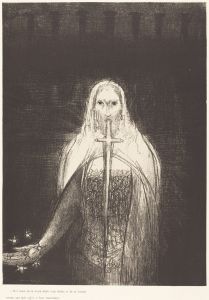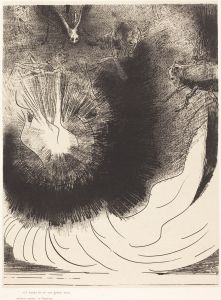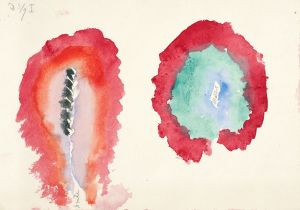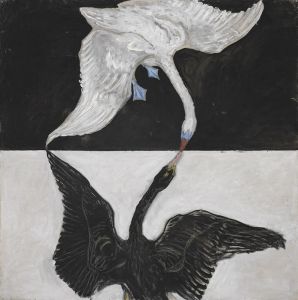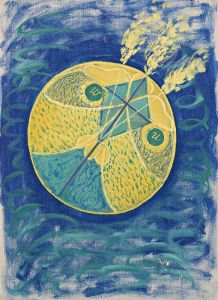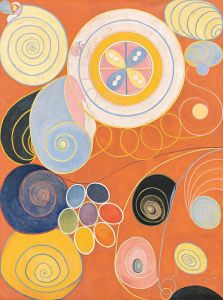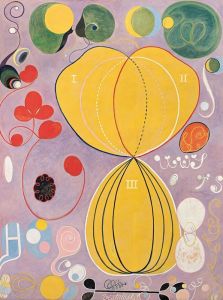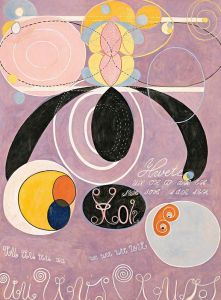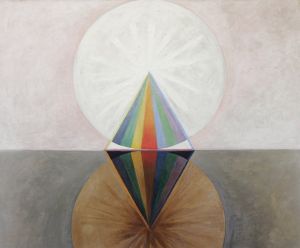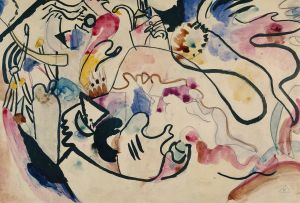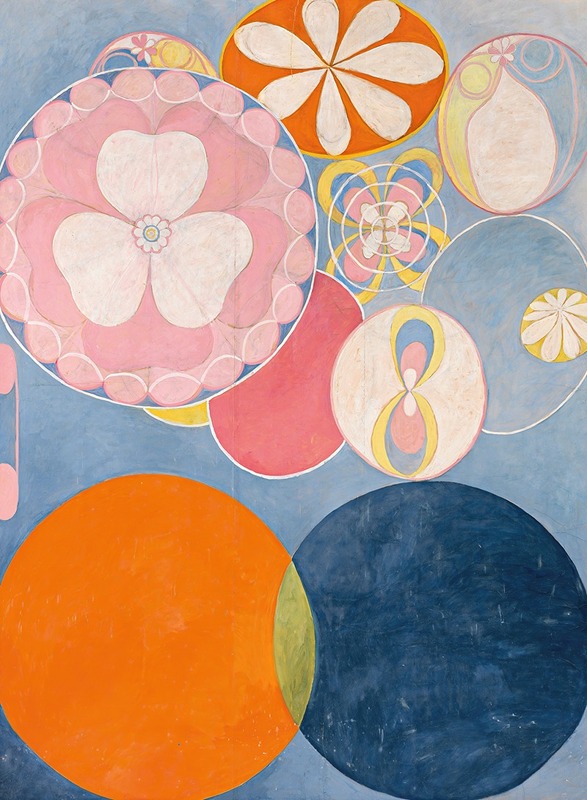
The Ten Largest, No. 2, Childhood
A hand-painted replica of Hilma af Klint’s masterpiece The Ten Largest, No. 2, Childhood, meticulously crafted by professional artists to capture the true essence of the original. Each piece is created with museum-quality canvas and rare mineral pigments, carefully painted by experienced artists with delicate brushstrokes and rich, layered colors to perfectly recreate the texture of the original artwork. Unlike machine-printed reproductions, this hand-painted version brings the painting to life, infused with the artist’s emotions and skill in every stroke. Whether for personal collection or home decoration, it instantly elevates the artistic atmosphere of any space.
"The Ten Largest, No. 2, Childhood" is a painting by Swedish artist Hilma af Klint, created in 1907 as part of her larger series titled "The Ten Largest." This series is a component of af Klint's ambitious project called "Paintings for the Temple," which consists of 193 works created between 1906 and 1915. The series "The Ten Largest" is particularly significant as it represents one of the earliest examples of abstract art, predating the recognized pioneers of abstraction such as Wassily Kandinsky, Kazimir Malevich, and Piet Mondrian.
Hilma af Klint was a member of a spiritual group called "The Five," which consisted of women who shared an interest in spiritualism and theosophy. The group conducted séances and believed they could communicate with higher spirits. Af Klint claimed that her abstract works were guided by these spiritual communications, and she often referred to herself as a medium through which the art was created.
"The Ten Largest" series is divided into four stages of life: Childhood, Youth, Adulthood, and Old Age. "No. 2, Childhood" is the second painting in the series and is characterized by its vibrant colors and intricate patterns. The painting measures approximately 3.28 meters by 2.40 meters, making it one of the largest works af Klint created. The size of the paintings in this series was intentional, as af Klint aimed to create an immersive experience for the viewer.
The composition of "No. 2, Childhood" features swirling forms, floral motifs, and geometric shapes, all rendered in a palette of soft pastels and bold hues. The imagery is symbolic, reflecting af Klint's interest in the spiritual and metaphysical aspects of existence. The painting's abstract nature allows for multiple interpretations, but it is generally understood to represent the innocence and potential of childhood.
Hilma af Klint's work was largely unknown during her lifetime, as she believed the world was not ready to understand her art. She stipulated that her abstract paintings should not be shown until at least 20 years after her death. It wasn't until the late 20th century that her work began to receive significant attention, leading to a reevaluation of the history of abstract art. Today, af Klint is recognized as a pioneer of abstraction, and her contributions to art history are increasingly acknowledged.
"The Ten Largest, No. 2, Childhood" is housed in the collection of the Hilma af Klint Foundation in Stockholm, Sweden. The foundation was established to preserve and promote af Klint's work, ensuring that her innovative contributions to art are appreciated by future generations. The painting, along with the rest of "The Ten Largest" series, has been exhibited in major museums around the world, contributing to a growing recognition of af Klint's role in the development of modern art.
Through her unique approach to abstraction and her exploration of spiritual themes, Hilma af Klint has left a lasting impact on the art world. "The Ten Largest, No. 2, Childhood" exemplifies her visionary style and continues to inspire artists and audiences alike.





